

Written by Lin Han / Translated by Tang Huiqun
It is often said that “Life is elsewhere,” but we tend to be bored with the monotonous views along the way. As a result, many people now seek out travel destinations that offer genuine local experiences.
Sanjiang Dong Autonomous County, situated at the intersection of Guizhou, Hunan, and Guangxi, boasts stunning landscapes and its unique cultural heritage. Its reputation in the tourism industry rivals that of other cities in Guangxi as the convergence of Rongjiang, Xunjiang, and Miaojiang Rivers give birth to distinctive customs and traditions. By immersing ourselves in these unique customs and cultural atmosphere, we can experience authentic Sanjiang.
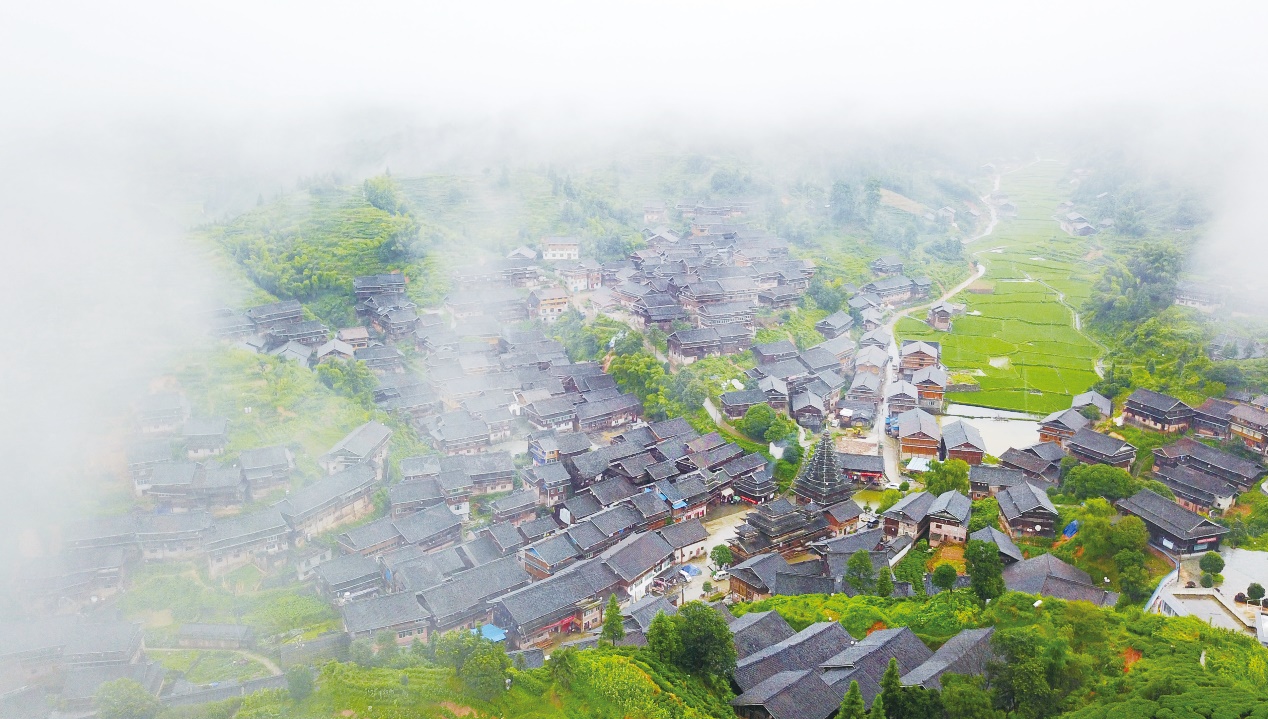
As long as you taste sour fish and meat, you taste Sanjiang
Each mountain and water give birth to each landscape and customs. In Sanjiang, tasting the delicious local cuisine is a must, with sour dishes taking center stage. Almost every Dong people in the region knows how to make sour food which is an integral part of their daily meals, treat, gift, celebratory feasts, and even funeral. They pickle a variety of meats and vegetables such as carp, duck, pork, green beans, and garlic sprouts. The pickled ingredients are easily available in different seasons, as pigs are slaughtered in the spring, greens ripen in March, ferns are harvested in May, and green beans are available in June.
After enjoying several meals of sour fish and meat, I’ve been curious about the cooking recipe. So, I inquired with locals about the process which seems quite simple. To marinate sour fish, you need to clean the fish and gut it. Then evenly sprinkle coarse salt over the fish and pickle it for 3 or 4 days. For the next step, each household has its own recipe. For achieving the desired aroma, color, and taste, some smoke the fish over a natural fire for 3-5 days, then wash and smoke it again until the meat is dry and hard. Once the fish is ready, coat it with sweet fermented glutinous rice for seeping wine into the meat and finally seal it in a jar.
In general, sour fish, duck, and meat are pickled for 3-5 months before cooking and they can be eaten raw or cooked. These foods can be preserved for decades and will not rot. Instead, the flavor will improve over time. Whether a housewife is considered a good cook depends on whether her neighbors approve of her pickled sour food. For Dong people, it is proud to possess pickled sour food stored for decades.
Sour food can be traced back to the hard times when food was scarce and hard to store, which forced the Dong people to create pickling techniques to preserve surplus food during famine. This traditional cuisine accompanied Dong people from childhood to adulthood and it represents a special memory on their tastebuds that they would miss the favor even when they reside in other places.
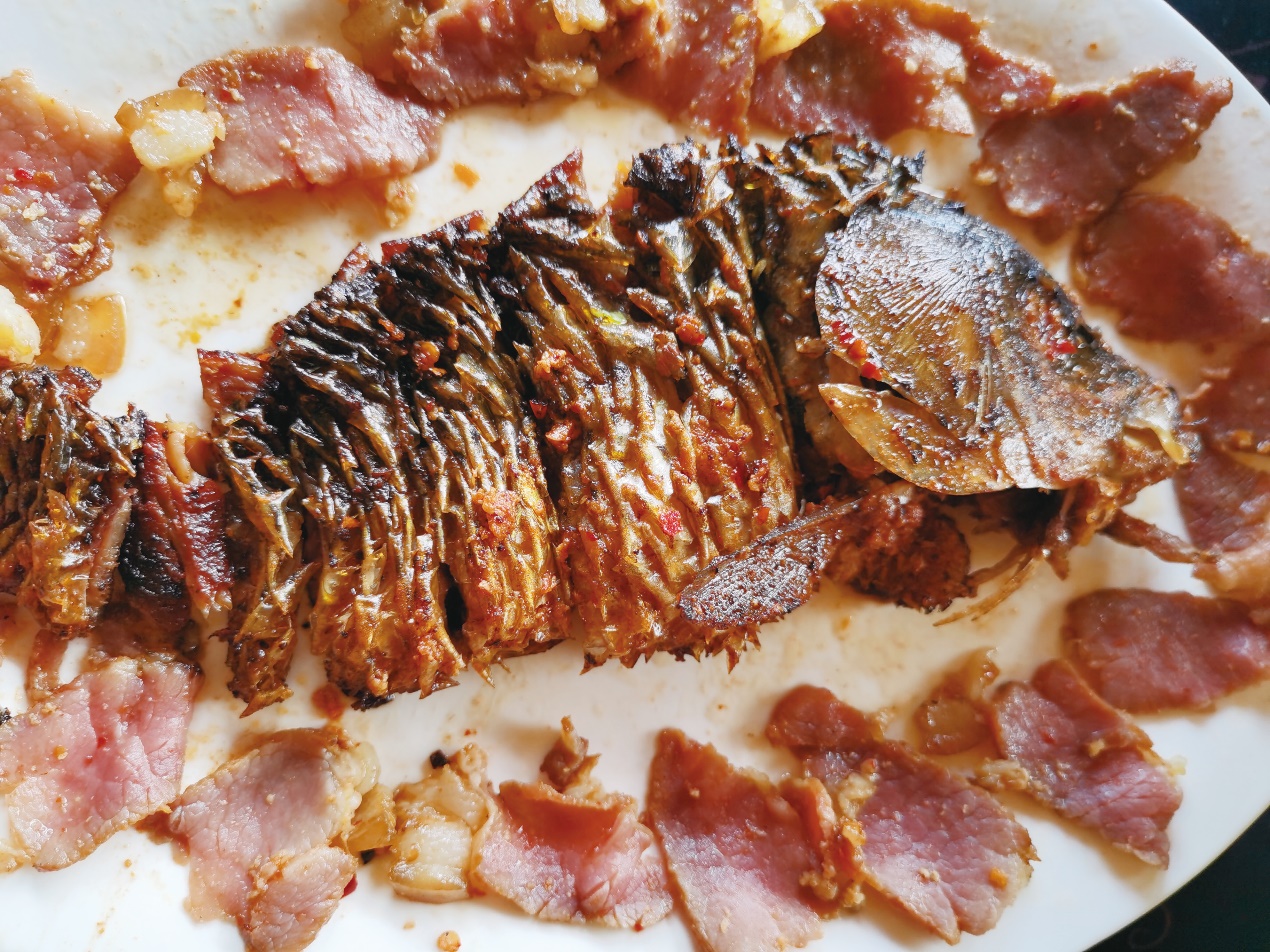
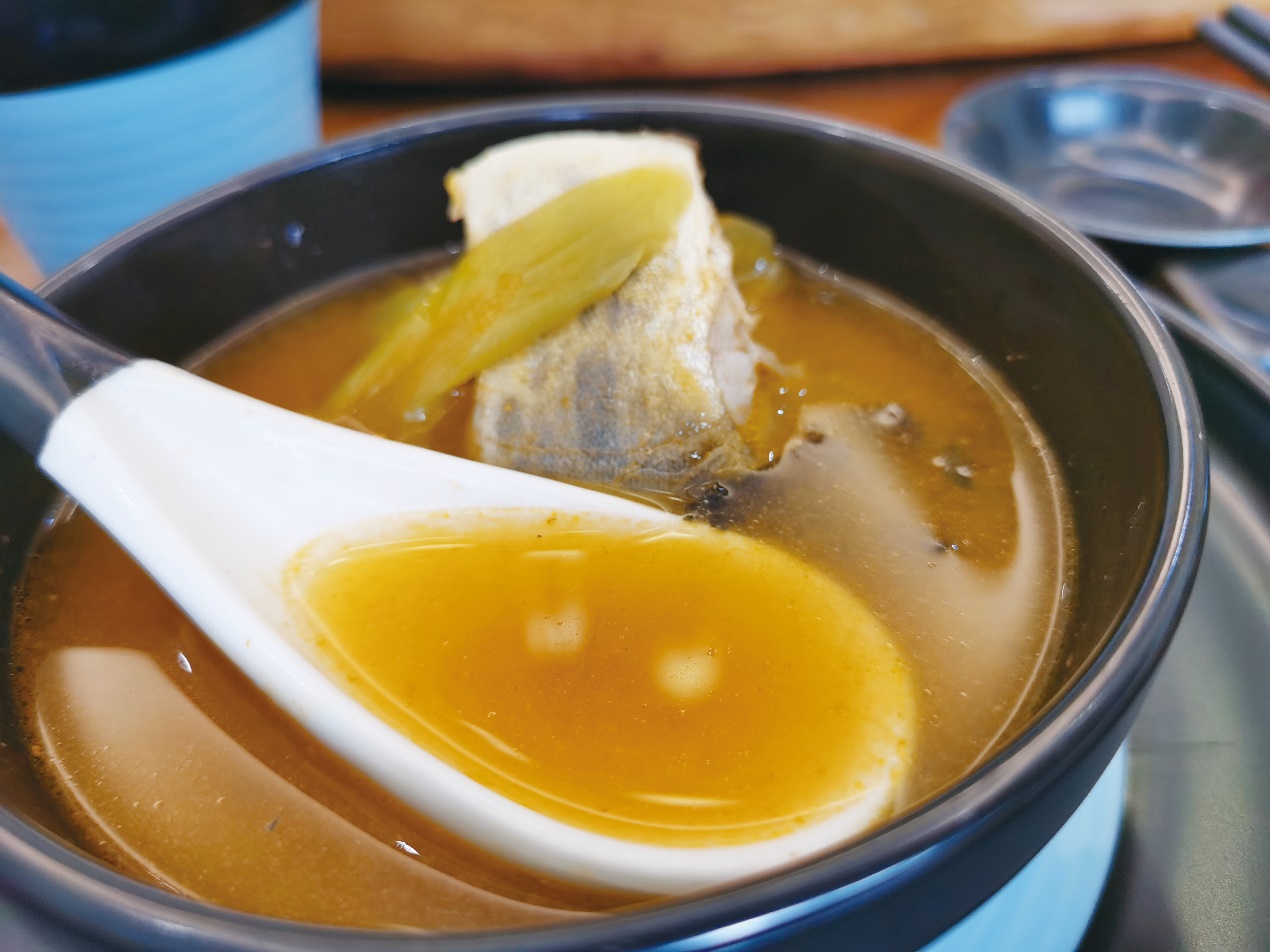
Baicao Soup, favor it or fear it
Unlike sour food, the Baicao Soup is a wicked cuisine that shocks tourists but is loved by locals. There are two reasons why Baicao Soup is not popular among tourists. Firstly, the name might be misleading. The locals often refer to the cuisine as “Niubie Soup,” which sounds like “the excrement of a cow” in Chinese. Secondly, the soup has a unique strong scent and green color that will dissuade people from trying it. However, Baicao Soup is not made from actual cow excrement. Instead, it is made from fresh grass residue from the cow's first stomach. The grass is filtered, boiled, and purified before being used in the soup. Next, the beef and cow organs are marinated with ginger, tea oil, and salt, stir fried with clean residue, and then boiled together with grass juice and Chinese herb Wu Zhu Yu (Evodia rutaecarpa Benth). These are the ingredient of Baicao soup. The local Dong and Miao people believe that Baicao Soup is good for the liver and eyesight, reduces inflammation and eliminates toxins in our body, as well as aids in digestion.
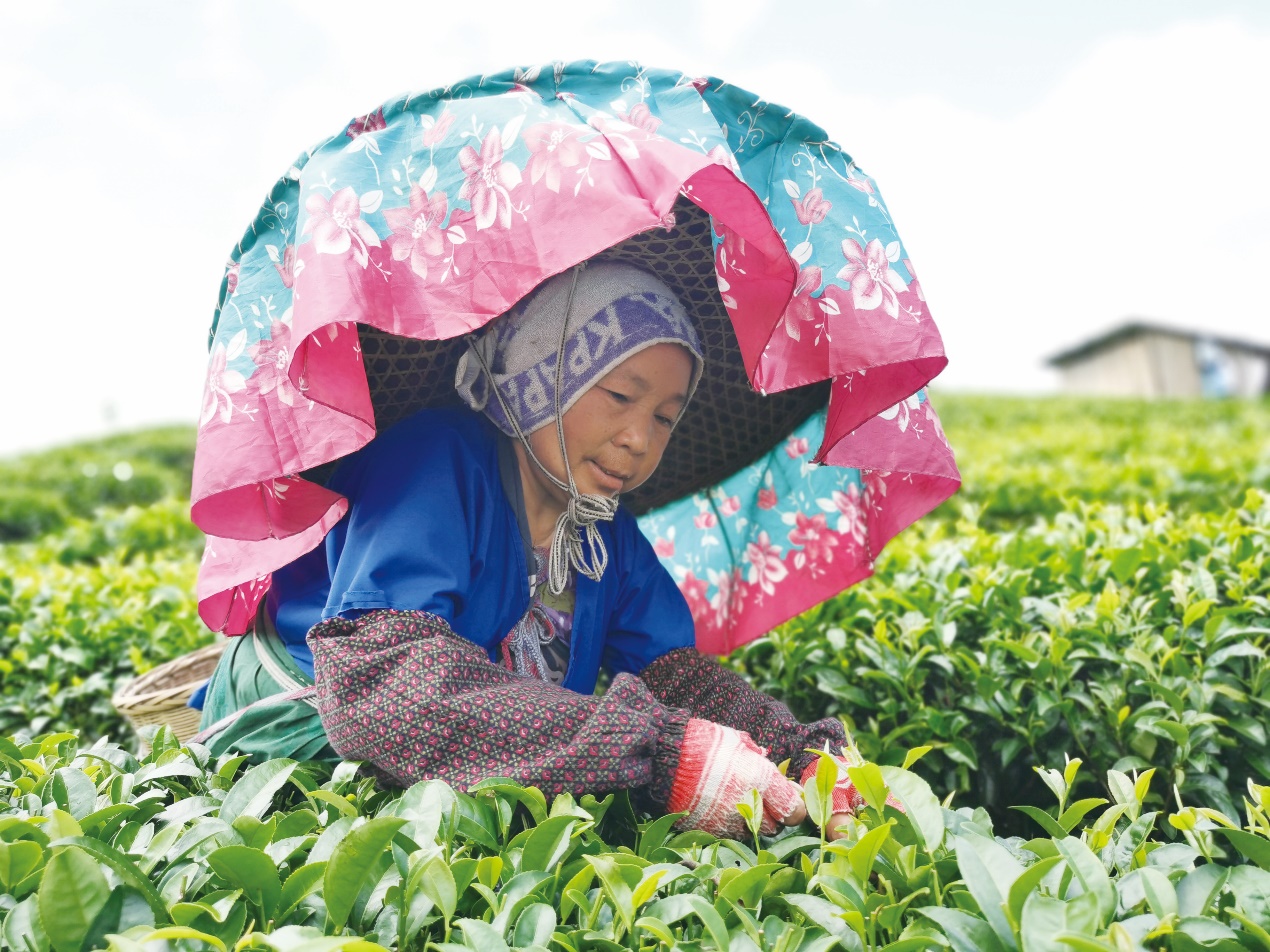
Most of the time, the locals won’t recommend Baicao Soup to tourists who come here for the first time unless they are curious and genuinely interested in trying new things. After 3-day mental preparation, we finally ordered a pot of the green soup. Its unique fragrance instantly captivated our senses, and despite some hesitation, we ladled the soup, took a sip, and were pleasantly surprised by its bittersweet flavor and tried it again. This wicked cuisine was so delicious that we couldn't help asking for another one!
So, whether people will favor or fear the soup, it depends on how you think about it. When it comes to food, people in Sanjiang will never be afraid to try as they say that “food on the table is not wicked but worth trying.”
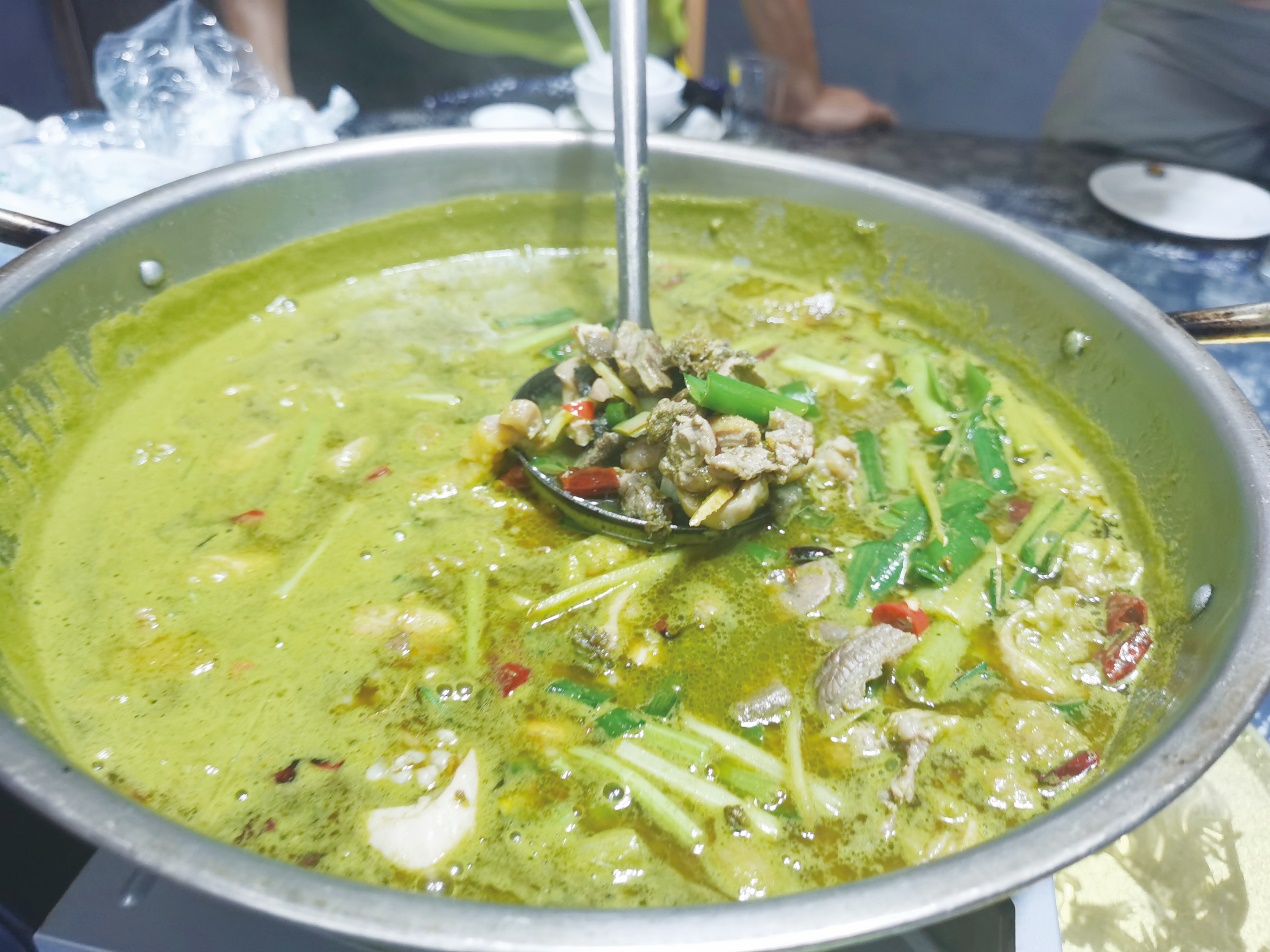
One who has not been to the Bazhai Village has not truly experienced Chengyang
After enjoying three meals, many places remain to explore in this intersection of Guizhou, Hunan, and Guangxi. Although the high-speed railway was opened in Sanjiang in 2016, most of the tourist attractions here are not as crowded as other tourist spots, and no hordes of tourist groups came here unless it’s on major holidays. There are no trendy entertainment projects, no romantic legends, and no gimmicks, but the peace and tranquility of the villages can still impress you. I came here six years ago and visited the Drum Tower, walk crossed the Wind and Rain Bridge, tasted oil tea, drank Chongyang wine, and observed the local children run freely in the bare rice fields of Bazhai (Eight stockaded villages) in Chengyang. Yet after six years, there have been no significant changes and the local lifestyle is still captivating and inviting visitors to pause and feel its charm.
The phrase “the things are the same but the people are different” doesn't quite fit here. Unlike some ancient towns where shops are largely owned by capital from other places and often change within three to five years, here in Chengyang Bazhai, most shops are run by locals., so even if the commodities they sell are changing, they always live in this place. Moreover, products sold here are locally produced, unlike the standardized and commercialized small wares in other attractions. The services for tourists in Chengyang Bazhai are now improved and more visitor-friendly compared with my first visit. As an important tourist center in Sanjiang, its food, accommodation, and transportation are more convenient than before. Actually, those who have been to Chengyang Bazhai have not truly visited all “eight villages” since it consists of eight natural villages, including Ma'an, PingZhai, YanZhai, PingTan, DongZhai, Chengyang DaZhai, PingPu, and JiChang. Services and facilities such as food, accommodation, and transportation are mainly concentrated in Ma'an, YanZhai, and DaZhai where have become the most popular tourist spots. Thus, villages over long distances have fewer visitors.
If you just want a short visit, two hours should be enough. However, it will cost you a full day to watch traditional folk performances, enjoy a hundred-family feast, and partake in a bonfire party. Yet, Chengyang Bazhai is worth much more than just a short visit, it's an ideal destination for a leisurely stay. Some of the eight natural Dong villages are located closely while others are so scattered and remote that you need to sail cross the Linxi River, walk across vast rice fields, and even climb hills to reach them. To explore the authentic Dong way of life, it's best to reside in a village with good infrastructure and venture out early in the morning for a personal countryside expedition.
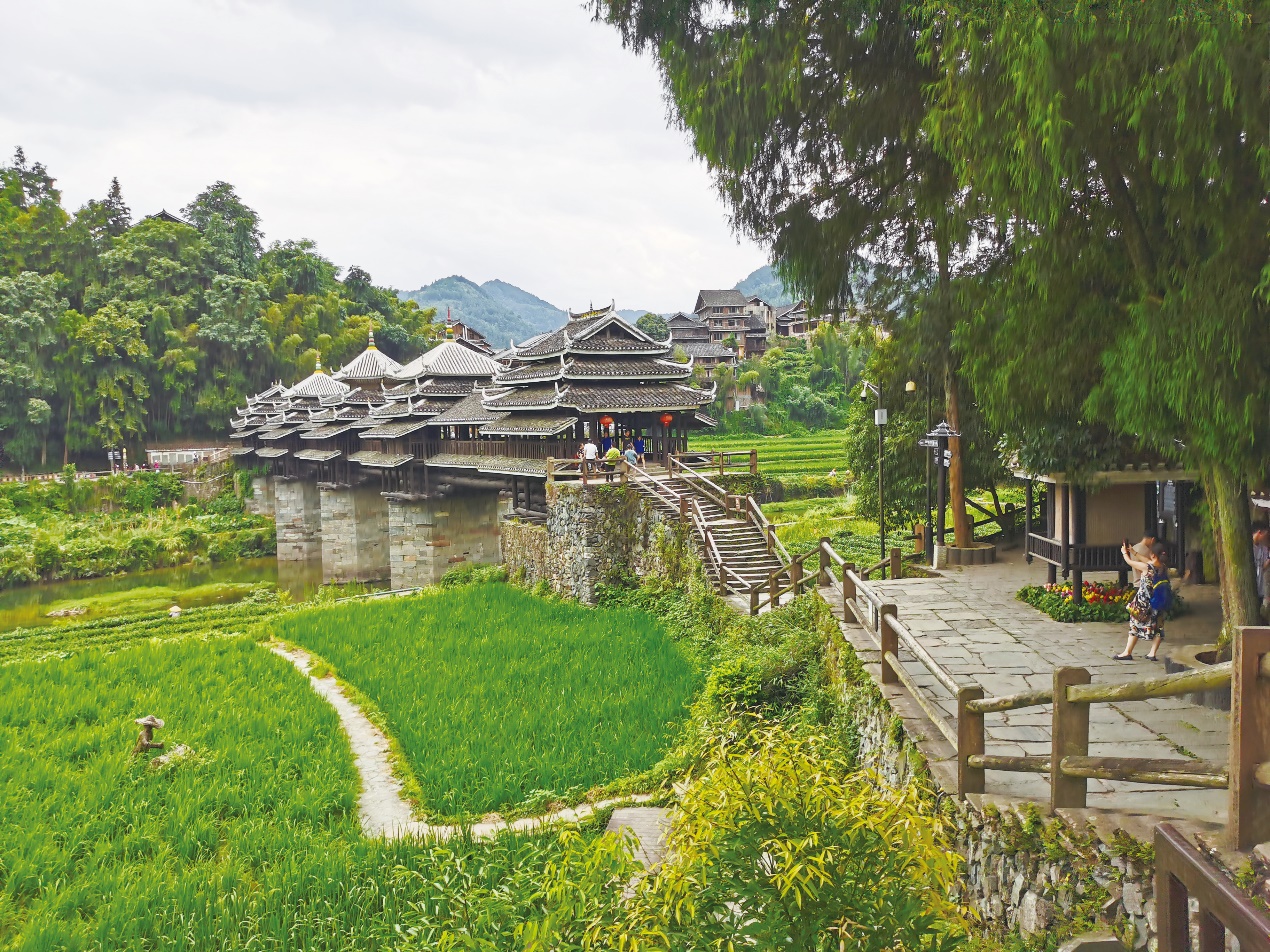
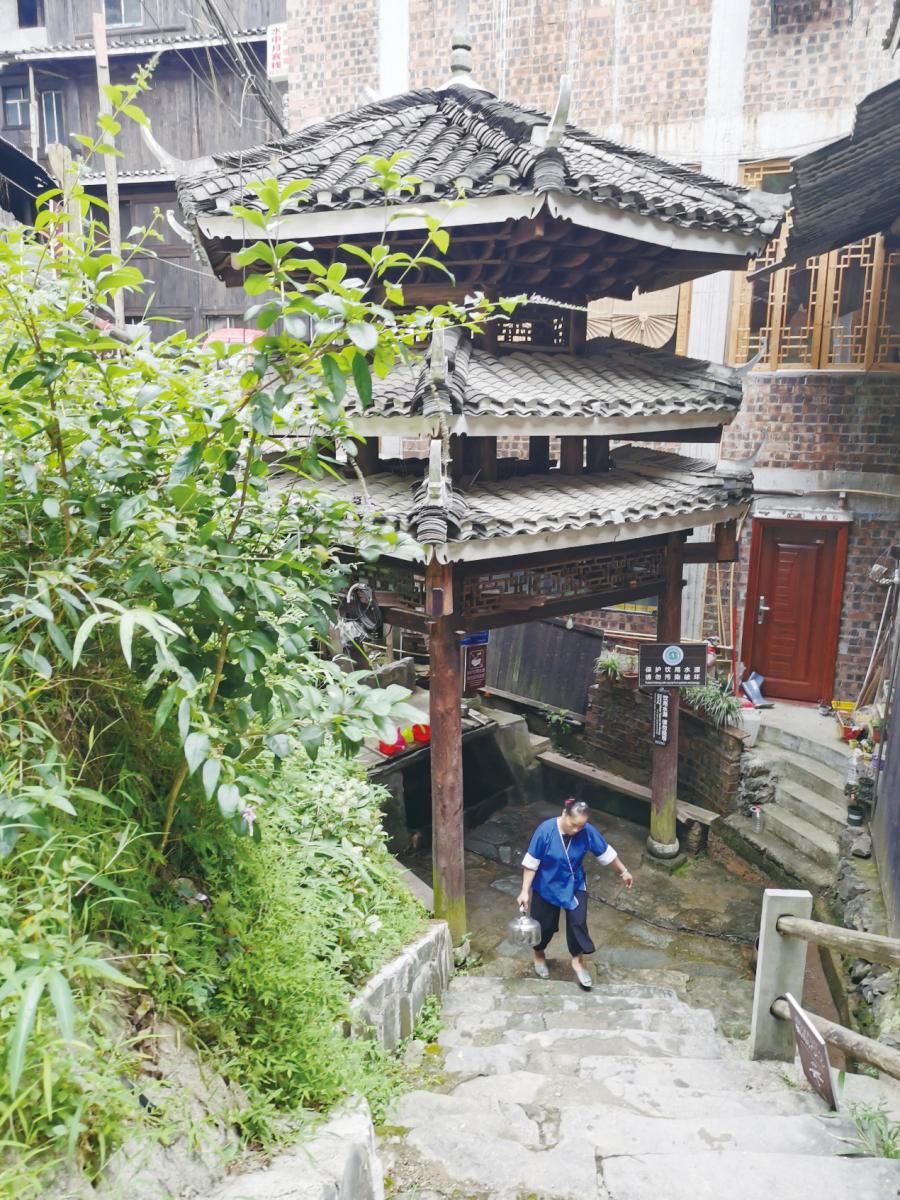
The secret story of the Ancient Yelang Kingdom
When talking with natives, they often say proudly that “Sanjiang is a hot place in China Central Television.” It’s not hype. we see Sanjiang in leading media such as China Central Television and Hunan Television, as well as in movies and TV series. What draws the attention of both the nation and the entire world is Sanjiang’s never-ending cultural deposit.
The Dong ethnic culture of Sanjiang in the idyllic village is even more extensive and profound than I imagined. These unique cultures imbue the awe-inspiring scenery of Sanjiang with a deeper meaning. The secret and primitive traditional customs are scattered throughout the 15 towns in Sanjiang County. During my visit to Nanzhai in Liangkou Village, I noticed a peculiar occurrence: local Dong women wore blue daily attire, which is common among the Dong ethnic group. However, their headscarves were white instead of the blue, black, or vividly colored lace headscarves found elsewhere.
A teacher from Sanjiang Intangible Cultural Heritage Center said that this custom originated in the ancient Yelang State, which has a long history. You can find the answer by visiting Sanwang Palace (the Palace of three kings) at the junction of Heli Village in Liangkou and Linan Village.
Loulan, Dali, and Yelang are recognized as the three mysterious ancient kingdoms of China. While the histories of the former two are clear thanks to extensive archaeological research, Yelang remains shrouded in mysteries waiting to be unveiled. History records that Yelang's power did not reach present-day southeastern Guizhou and northeastern Guangxi. However, the Sanwang Palace in Heli Village symbolized the Yelang culture was discovered in Sanjiang County in northeastern Guangxi, suggesting that its cultural influence may have surpassed the documented historical boundaries.
The three gods enshrined in the Sanwang Palace are the three sons of the Yelang King Zhu Duotong. Historical records indicate that they did not send out troops to seek revenge against their father's killers after the death of Yelang King Zhu Duotong, opting instead for peace and unity in the kingdom. This earned them tremendous respect from the people. After the three kings die, people mourned their death by wearing mourning attire and white headbands, which is the origin of the headband worn by Dong women in Heli and Nanzhai Villages today. When I visited the Sanwang Palace, it was about 7 pm and the staff had already gone home, so I could not enter it. As the rain poured down and the mist covered the countryside, I could see the three courtyards of the Sanwang Palace through the crack of the door, and I felt the history and antiquity of the Yelang Kingdom as if I were witnessing scenes from the past of the ancient kingdom.
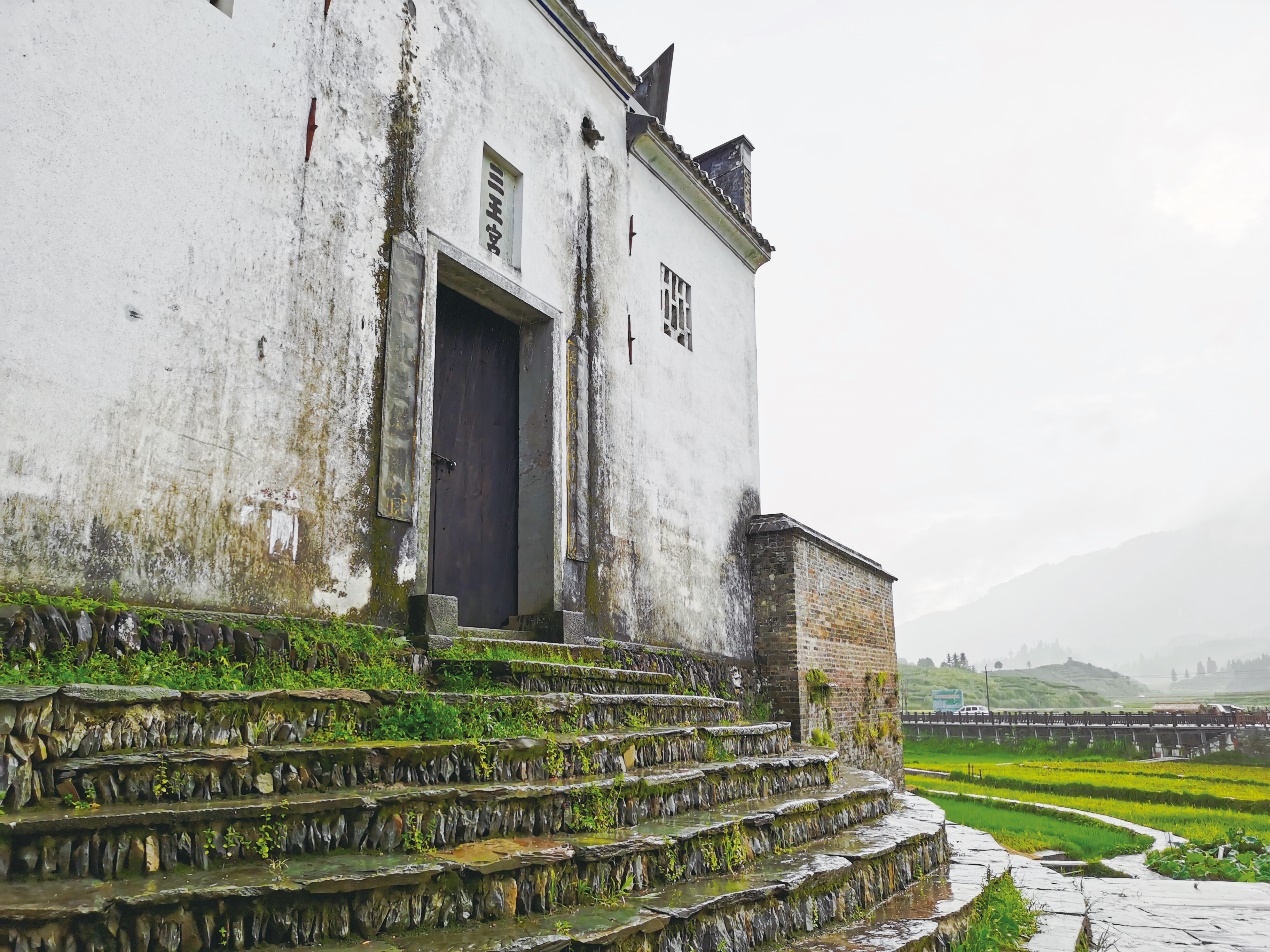
Tips: According to historical records, Yelang's sphere of influence encompassed twelve counties in Qianwei County, which were located in the current southern Sichuan, northwest Guizhou, and northeast Yunnan, in addition to seventeen counties in Zangke County scattered in western Guizhou, southeast Yunnan, and northwest Guangxi.
桂ICP备14000177号 Copyright@2006-2013 Guangxi China-ASEAN Panorama Magazine Agency Co., Ltd. All Rights Reserved